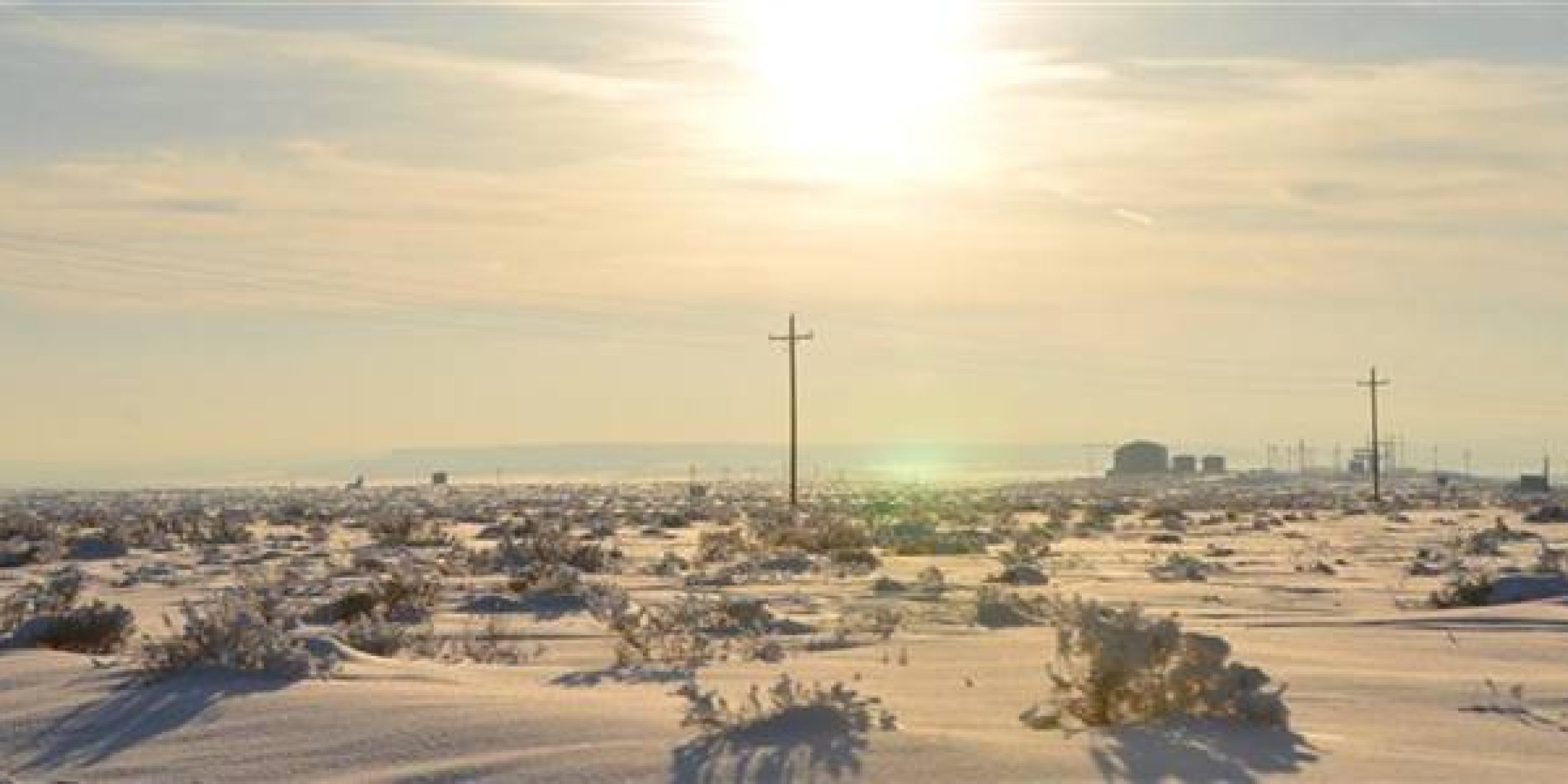Chemicals released into the air by oil and gas exploration, extraction and related activities can spark reactions that lead to high levels of ozone in wintertime, high enough to exceed federal health standards, according to new NOAA-led research, published online Nature. CPO’s AC-4 program supported this research.

The study comes at a time when new technologies are helping to accelerate oil and gas development in Utah’s Uintah Basin, elsewhere in the United States and in many other countries, and its findings may help air quality managers determine how to best minimize the impact of ozone pollution.
The research is based on data collected in a series of wintertime studies in Uintah Basin led by James Roberts, of NOAA’s ESRL. Researchers from NOAA, CIRES, and other institutions made detailed measurements of ozone and the chemical ingredients, such as VOCs and nitrogen oxides, that “cook up” into the pollutant, and they used chemical models to better understand the chemistry behind the wintertime ozone formation.
A longer version of this article was originally published on the OAR news website. To view the full article, visit: research.noaa.gov.
To view the full study in Nature, visit: www.nature.com/nature/journal/vaop/ncurrent/pdf/nature13767.pdf










